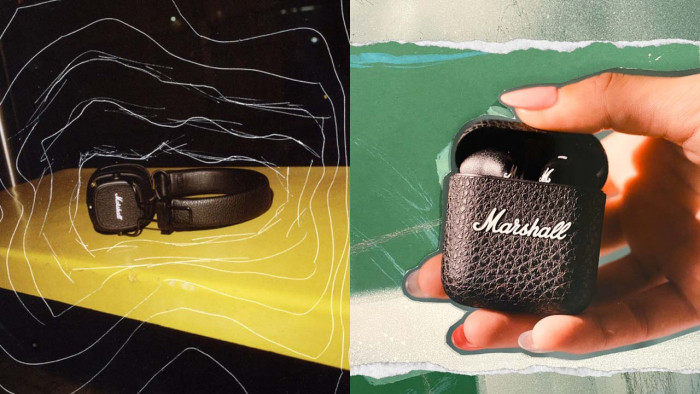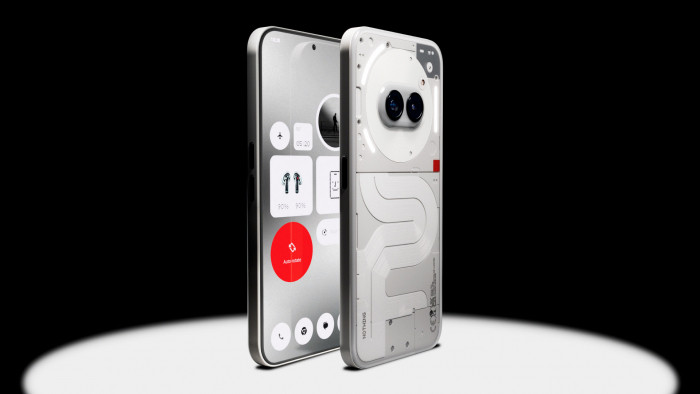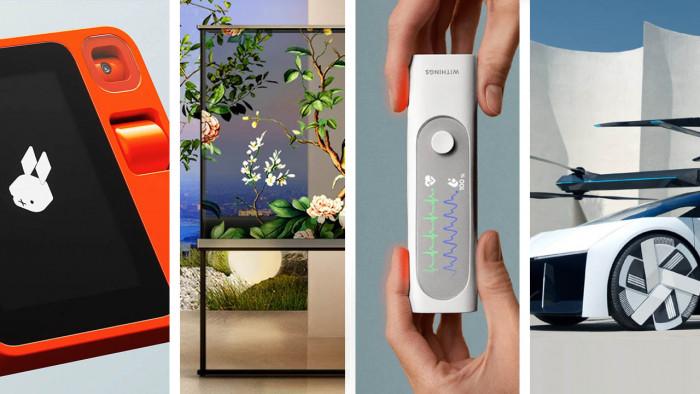Someone tried to make driverless cars less scary by giving them sad, lifeless eyes
Did you ever expect to make eye-contact with a car?


Part of the problem of technology taking over is, well, the enduring fear that the robots might rise up against us.
It’s hard not to feel that way when everything points to a future where technology will not just make many of us obsolete, but might even endanger us.
You know the sort of thing we’re talking about here – robots thinking for themselves, Black Mirror-style robotic dogs, autonomous weapons with the capacity to “permit war to be fought faster and at a scale greater than ever before” – you know, the usual.
However, what might be even worse is the terror we’re starting to see in stuff that’s not even supposed to be evil.
The advent of self-driving cars is another one of those inventions which with a vast array of sociological side effects – people will be having more sex in moving vehicles – and negatives like the loss of driving jobs and the death of the occasional pedestrian or driver - sometimes with victims selected by the car itself. Yeah, not great, that.
However, there’s seemingly a fear from some that the technology just isn’t personable enough, and some have attempted to combat this by… giving cars terrifying dead eyes, for some reason.
As Pedestrian reports, Jaguar Land Rover is testing a version of the driverless Aurrigo Shuttle with eyes, in what the car company claims is a test of human trust in self-driving vehicles.
Which sounds like something that may have some merit but… did the eyes need so be so, well, sad and lifeless?
“The [eye-pods] seek out the pedestrian - appearing to ‘look’ directly at them - signalling to road users that it has identified them, and intends to take avoiding action,” a press release from the company reads.
“Engineers record trust levels in the person before and after the pod makes ‘eye contact’ to find out whether it generates sufficient confidence that it would stop for them. Previous studies suggest as many 63% of pedestrians and cyclists say they’d feel less safe sharing the road with a self-driving vehicle.”
(Images: Getty)








